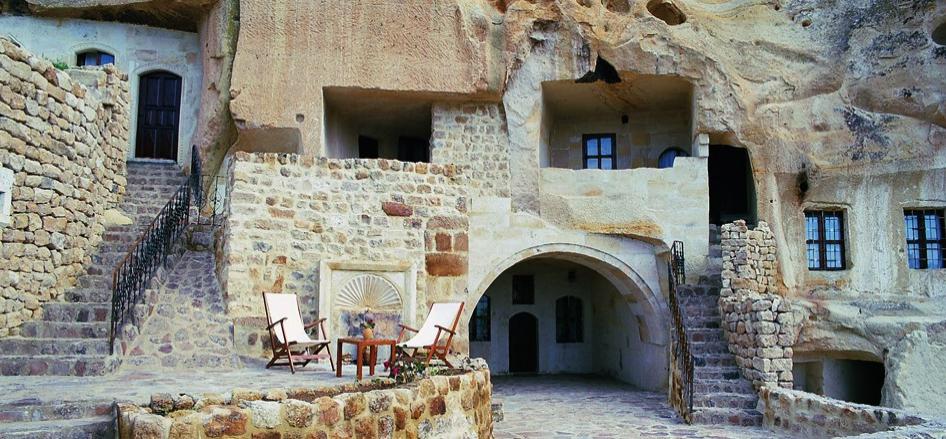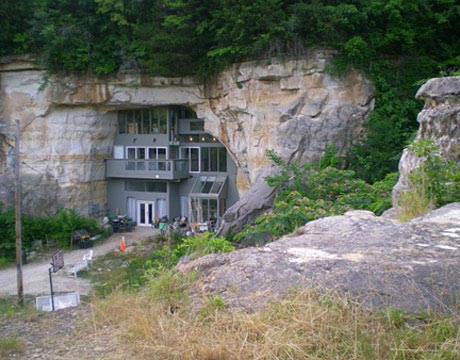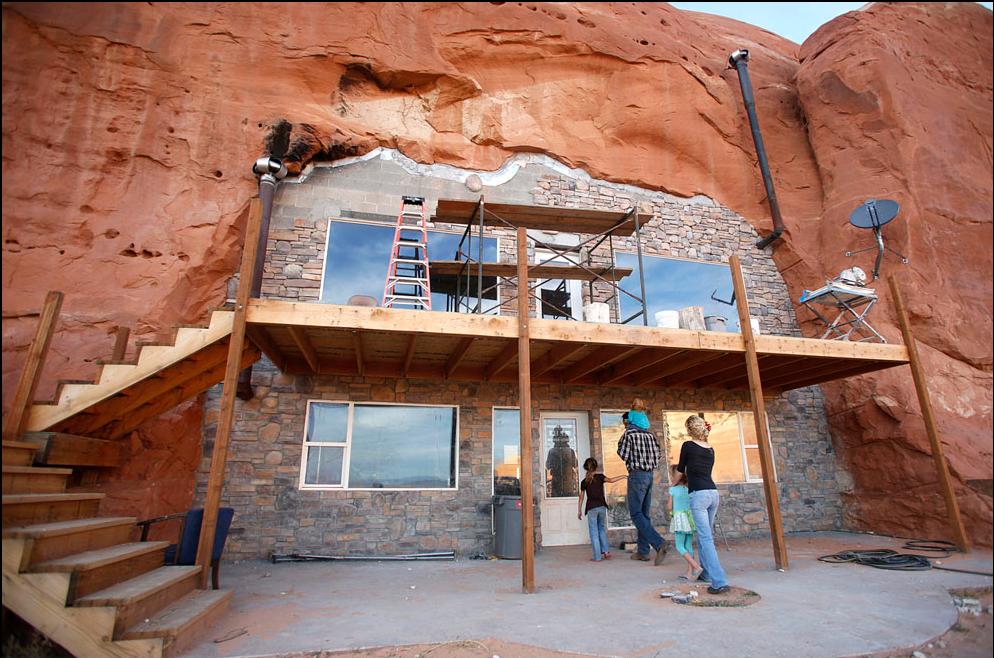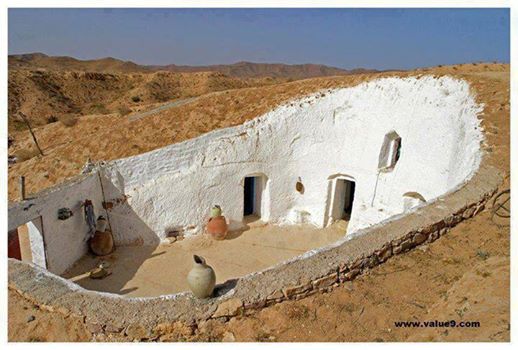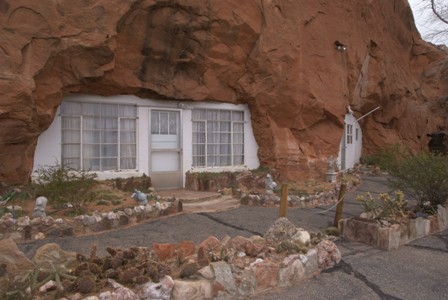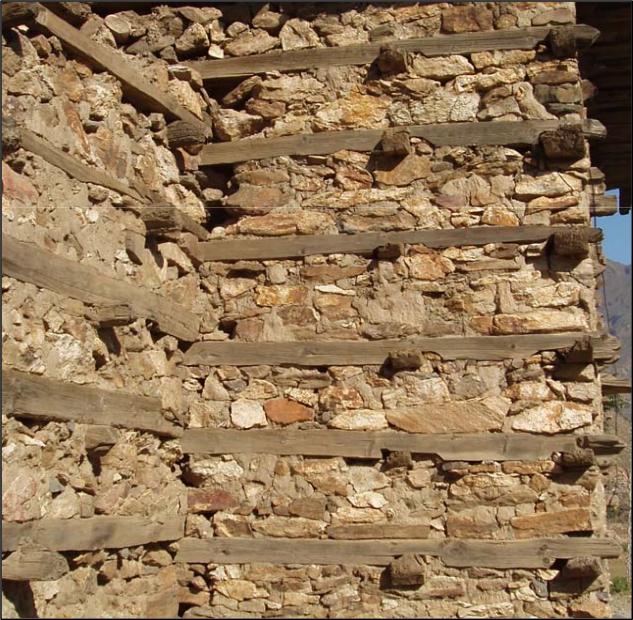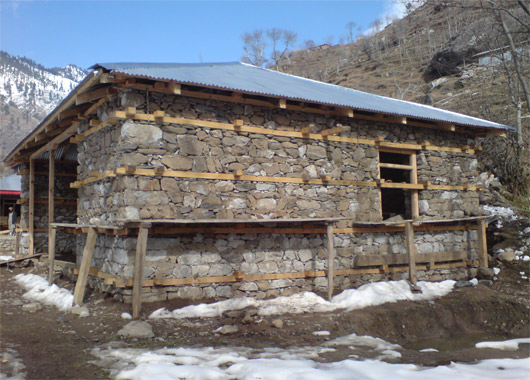Alternate Energy Development Board is a Government of Pakistan controlled institution that is tasked with increasing the alternate energy contribution of the country to about 5% by 2030. According to the AEDB Act of 25th May 2010 following are the functions of the AEDB Board.
(a) To develop national strategy, policies and plans for utilization of alternate and renewable energy resources to achieve the targets approved by the Federal Government in consultation with the Board.
(b) To act as a forum for evaluating, monitoring and certification of alternate or renewable energy projects and products.
(c) To act as a coordinating agency for commercial application of alternate or renewable energy.
(d) To facilitate energy generation through alternate or renewable energy resources by:
(i) Acting as a one window facility for establishing, promoting and facilitating alternate or renewable energy projects based on wind, solar, micro-hydel, fuel cells, tidal, ocean, biogas, biomass etc.
(ii) Setting up alternate and renewable energy projects on it's own or through joint ventures or partnership with public or private entities in order to create awareness and motivation of the need to take such initiatives for the benefit of general public as well as by evaluating concept notes and technologies from technical and financial perspective.
(iii) Conducting feasibility studies and surveys to identify opportunities for power generation and other applications through alternate and renewable energy resources.
(iv) Undertaking technical, financial and economic evaluation of the alternate and renewable energy proposals as well as providing assistance in filing of required licensing applications and tariff petitions to NEPRA established under the Regulation of Generation Transmission and Distribution of Electric Power Act, 1997.
(v) Interacting and coordinating with national and international agencies for promotion and development of alternate energy.
(vi) Assisting the development and implementation of plans with concerned authorities and provincial governments and special areas for off grid electrification of rural areas.
(vii) Making legislative proposals to enforce use and installation of equipment utilizing renewable energy.
